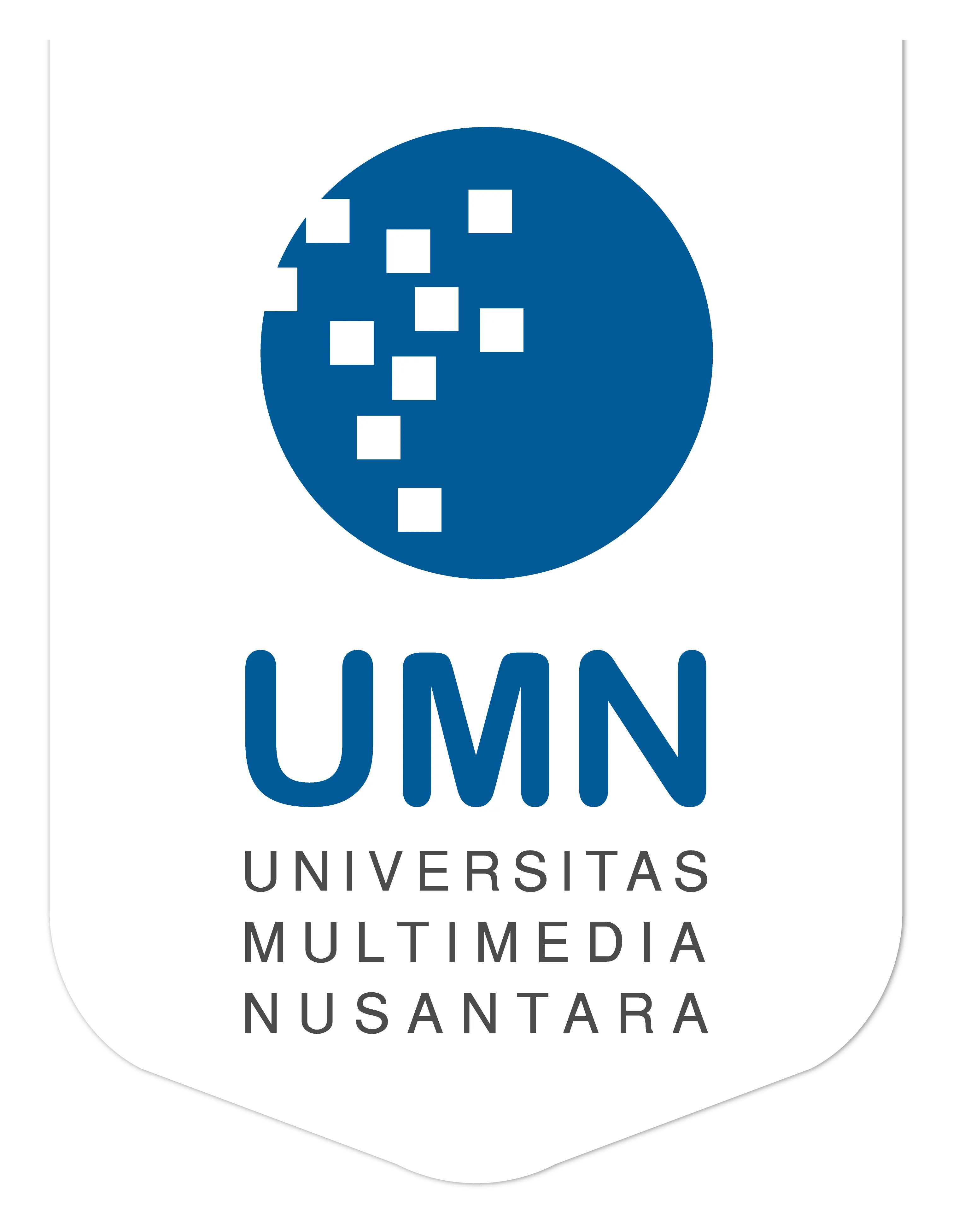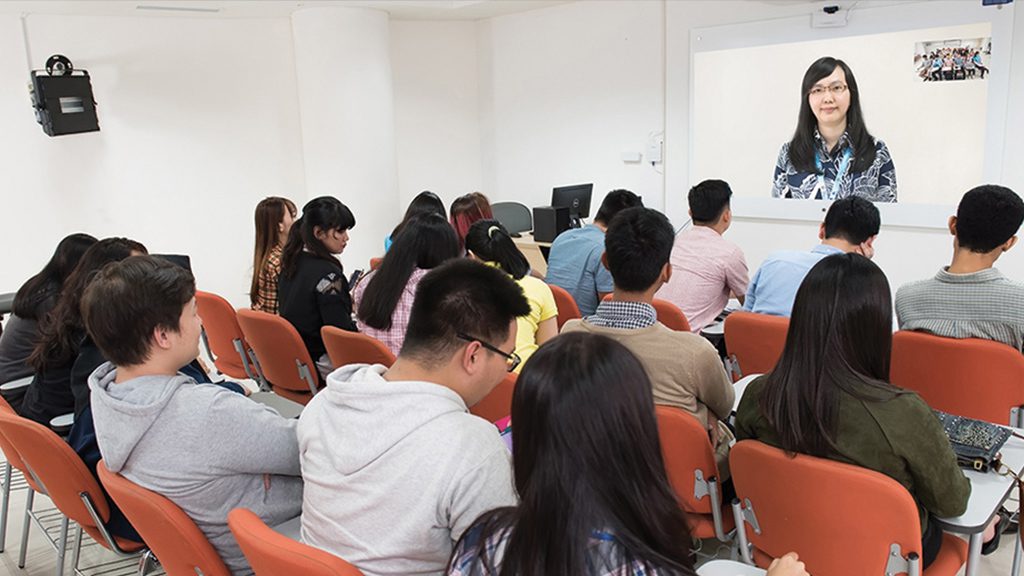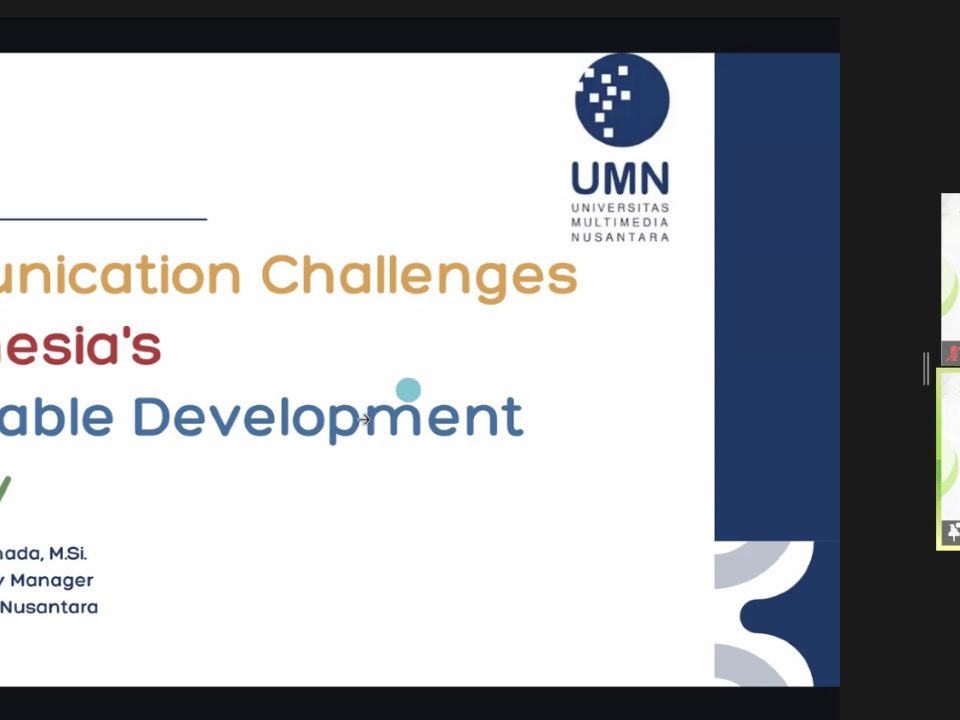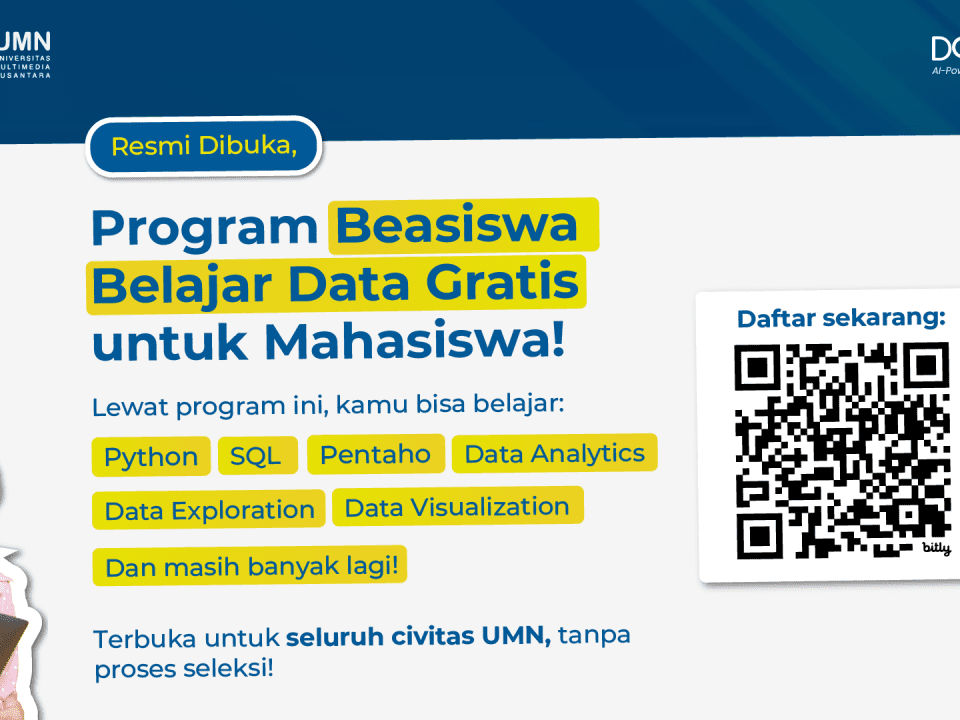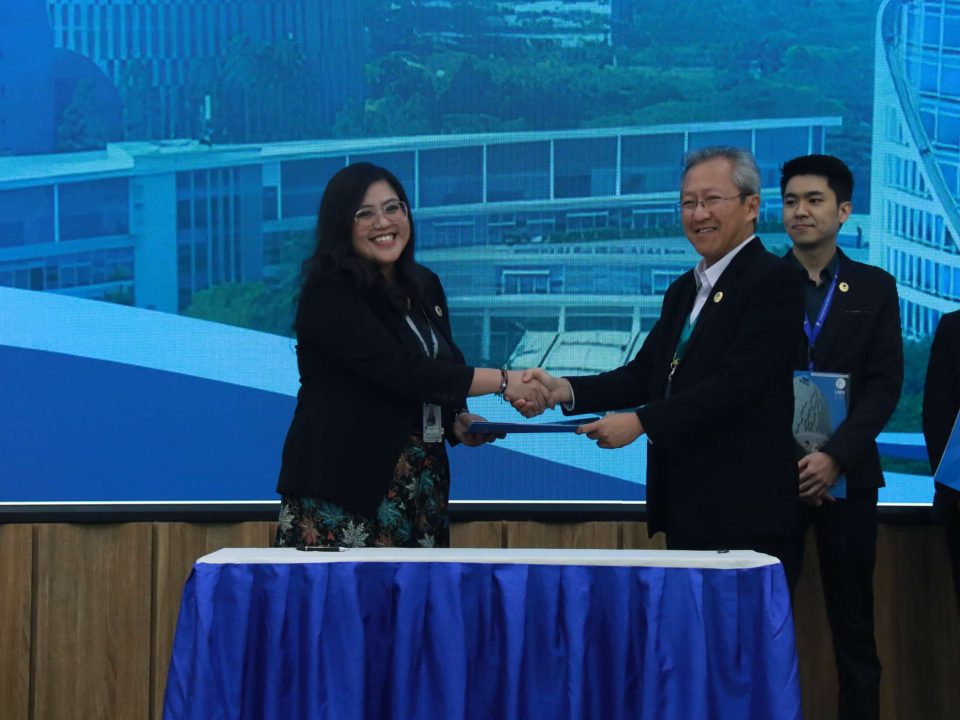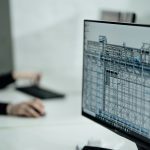
The Evolution of Architectural Design through CAD Software
July 9, 2024
The Application of Artificial Intelligence in Game Design
July 9, 2024Hybrid learning class at UMN with UMN E-Learning. (Doc. UMN)
The educational landscape is rapidly evolving. Universitas Multimedia Nusantara (UMN) is committed to providing the highest standards by providing the latest technological advancements in education– one of which is through UMN E-Learning.
Designed to meet students’ diverse needs, UMN E-Learning incorporates flexibility, accessibility, and state-of-the-art technology. Here, we explore the key features that make it superior for students seeking a dynamic and effective learning experience.
What is E-Learning?
E-learning is a system that offers various ways of conducting teaching and learning through digital resources. Lectures can be done online without physical contact between students and instructors.
It can also be done hybrid, combining online and face-to-face learning experiences. E-learning platforms typically offer video lectures, real-time chats, digital tutorials, and interactive tutorials. These sessions should be accessible on various devices, such as laptops, tablets, and smartphones, allowing students to learn at their own pace, location, and convenience.
UMN is one university in Indonesia that provides an E-learning system for students. Let’s find out the features of UMN E-Learning that are changing how students learn!
Also read: What is UMN E-Learning?
Features of UMN E-Learning
1. Interactive Learning Management System (LMS)
UMN’s e-learning is controlled by an innovative learning management system that is simple and easy to use. This platform allows students to easily access class content, submit assignments, participate in discussions, and track academic progress. The LMS supports multimedia content such as videos, slides, and interactive simulations, making learning anywhere in the world fun and easy.
In addition, UMN E-Learning has an advanced LMS that can provide immediate feedback when conducting quizzes and assignments. Students can receive their scores and feedback right after finishing their quiz/assignment, enhancing learning. This system also has assessment tools that track student achievement and performance and allow students and teachers to identify areas for improvement.
2. Real-time and asynchronous communication tools
Communication is vital in an online learning environment. UMN’s e-learning platform includes various tools that facilitate real-time and asynchronous communication. Students can participate in live lectures through video conferencing and live discussions through conference and chat rooms.
These blended communication tools in UMN E-Learning ensure that students can interact with their teachers and peers in ways appropriate for their learning styles and schedules.
3. Flexible learning processes
Understanding students’ schedules and commitments, UMN offers unparalleled flexibility in its course offerings. Students can choose from a fully online course, a blended model, or a face-to-face session incorporating online resources. This flexibility allows students to balance their studies with personal and professional commitments, making education accessible.
4. Advanced digital libraries and resources
UMN E-Learning is complemented by a comprehensive digital library that provides students with various resources. It includes digital textbooks, scholarly articles, courses, and other databases available 24/7.
5. Mobile learning capabilities
With the increasing use of smartphones and tablets, renowned universities like UMN are ensuring that their e-learning programs are optimized for mobile devices. These allow students to access learning materials, complete assignments, and engage in lively discussions and talks anywhere, anytime.
Also read: Majors at UMN.
Conclusion
E-learning is not just an educational phenomenon but an essential and rewarding part of modern higher education, especially in a diverse and sprawling country like Indonesia. Universitas Multimedia Nusantara’s e-learning platform (UMN E-Learning) is a testament to its commitment to modern, efficient, student-centered learning.
UMN E-Learning provides students with a rich range of products, making education accessible, flexible, and in line with the needs of today’s digital world. For students who want an educational experience that meets the demands of the 21st century, UMN is the right choice!
Frequently Asked Questions (FAQs) About E-Learning
1. What is e-learning?
E-learning is the use of digital platforms and tools to deliver instruction. It can be fully online or a mix of online and traditional classroom experiences. E-learning platforms provide features such as video lectures, readings, quizzes, and seminars to facilitate learning outside the physical classroom.
2. Is e-learning effective?
With proper planning and implementation, e-learning can be as effective as traditional classroom learning. Effectiveness depends mainly on the quality of the content, teacher involvement, and student motivation. Continuous improvement and updating of e-learning courses can maintain its effectiveness.
3. How are exams and tests done in e-learning?
Exams and tests can be administered online using secure software. They include time limits, randomized quizzes, and proctoring services via webcam monitoring. However, some institutions may require students to attend the campus to conduct tests to ensure academic integrity.
By Levina Chrestella Theodora
English translation by Levina Chrestella Theodora
Kuliah di Jakarta untuk jurusan program studi Informatika | Sistem Informasi | Teknik Komputer | Teknik Elektro | Teknik Fisika | Akuntansi | Manajemen| Komunikasi Strategis | Jurnalistik | Desain Komunikasi Visual | Film dan Animasi | Arsitektur | D3 Perhotelan , di Universitas Multimedia Nusantara. www.umn.ac.id
